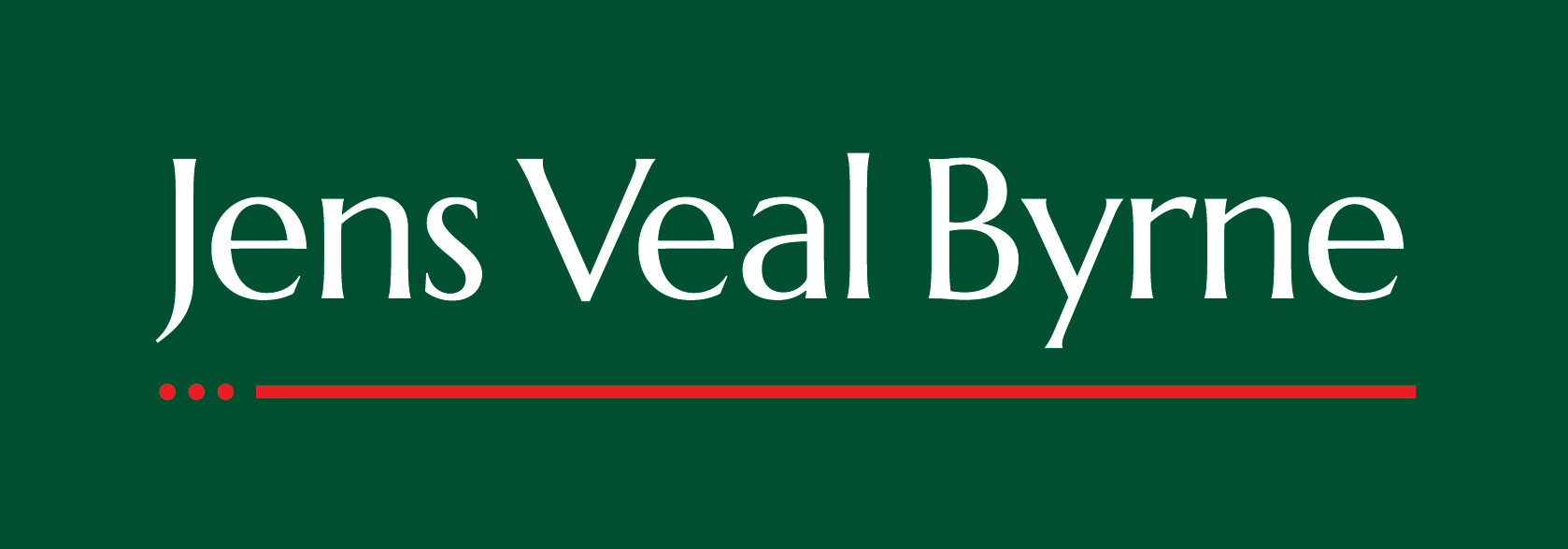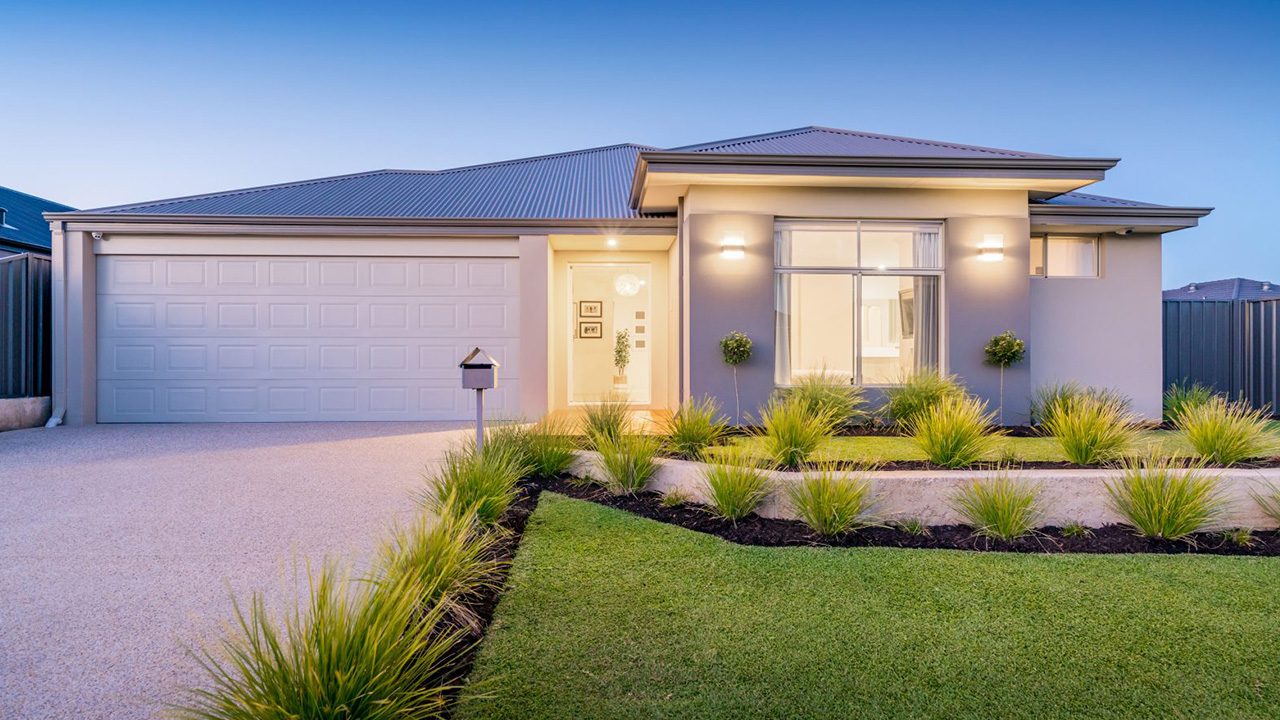Rural Zoning
Rural and lifestyle-based living is becoming increasingly popular. Whether it’s a family home in the country, several acres to ride motorbikes or a farming opportunity you are seeking, there is some very important research you need to undertake to determine which one of the many rural properties for sale is right for you and your needs.
Every property in the state of Victoria must comply with the zoning regulations set by the local council and it is good to possess a basic knowledge so you know roughly what to ask for when you meet with a rural building company to start plans for your home. Let’s take a closer look at these zoning regulations.
Firstly, what is zoning? Zoning is the process of dividing land in a community into zones (e.g. residential, industrial) in which certain land uses are permitted or prohibited.
In rural communities, there are typically three major zones to be aware of.
1) Residential Zone
A residential area is land divided into small blocks surrounded by houses in a town setting. The Residential Zone is used predominantly for housing, as opposed to industrial and commercial purposes. These are one of the most common and include single-family housing, multi-family residential and mobile homes. Zoning for residential use may permit some services or work opportunities or may totally exclude business and industry, depending on their nature, purpose or contribution to the immediate community.
Land that is primarily suitable for residential purposes is generally included in one of the three residential zones – the Neighbourhood Residential Zone, the General Residential Zone or the Residential Growth Zone. These three zones have different purposes and can be reassigned over time, especially in rapidly growing council areas.
2) Rural Living Zone
A Rural Living Zone is created for residential use in rural areas and usually operates in reference to a town’s outskirts. The Rural Living Zone allows some farming or agricultural activities, however residential amenity and general peace of neighbourhood is prioritised over every other claim or activity. Homeowners do not need approval to construct a single dwelling in the Rural Living Zone if their block of land is 8 hectares or larger. Many Rural Living Zone lots are below this size, so new dwellings often require a permit, but it is always advisable to check with your builder or local council before proceeding.
Residents will need a planning permit for most agricultural activities performed in the Rural Living Zone. Uses that require approval include agriculture (other than animal keeping, apiculture [beekeeping]) and timber production. Intensive animal husbandry is prohibited in the Rural Living Zone.
3) Rural Activity Zone
A Rural Activity Zone aims for farming and other land uses to exist peacefully side by side and is thus contains somewhat flexible regulations. So long as they are congruent with the environmental, agricultural and landscape qualities of the area, retail, commercial and tourism uses will sometimes be permitted in the zone. In the Greater Ballarat area, most blocks of land 40 hectares or larger don’t require a planning permit. Some agricultural practices that require a council permit are broiler farms, intensive animal husbandry and cattle feedlots (if more than 1000 head of cattle).
Before purchasing any rural land for sale in your area, make sure that you will legally be able to use it for your intended purpose to avoid wasting your money. For more information visit the Ballarat council website, Agriculture Victoria or contact us at Jens Veal.



